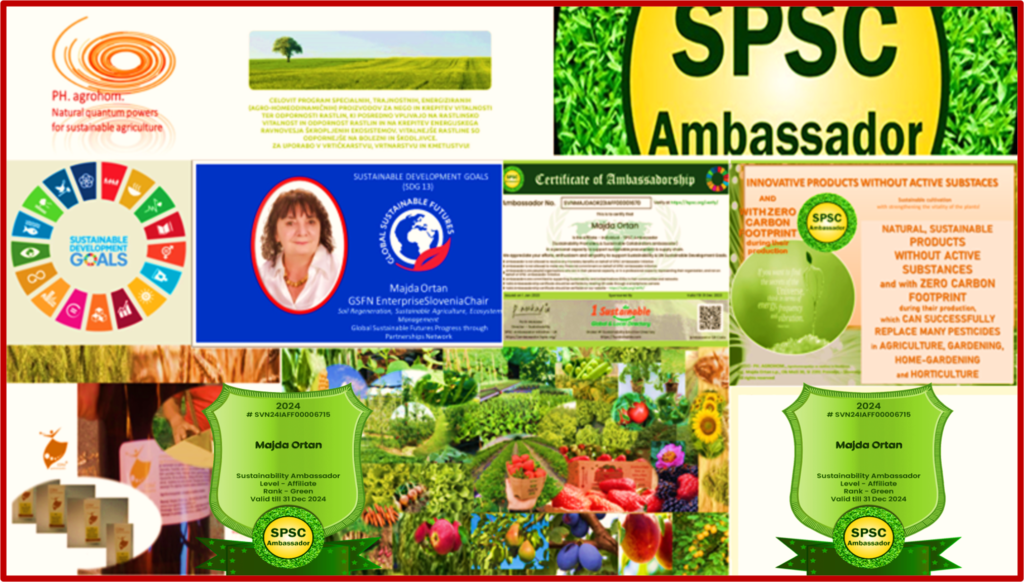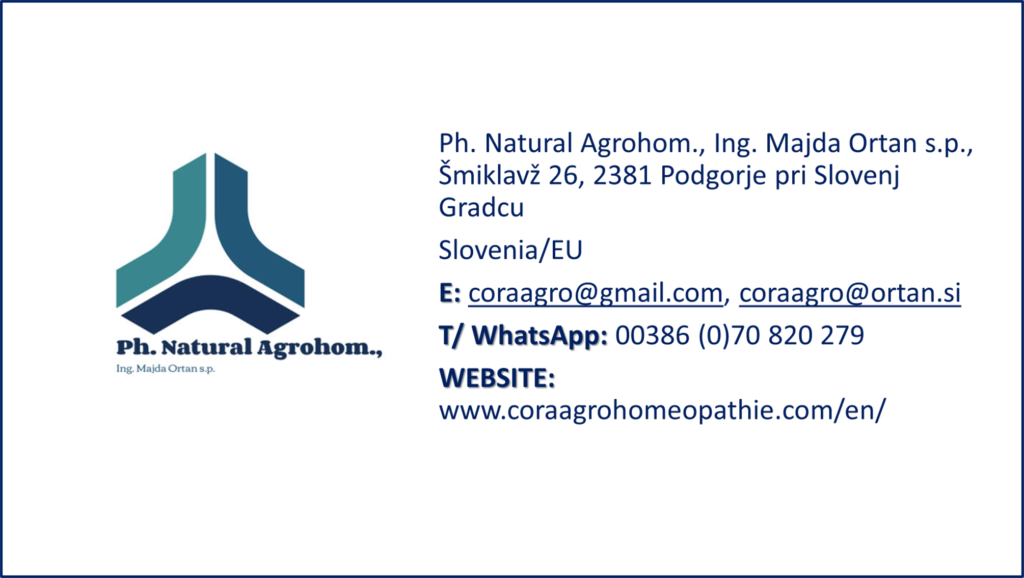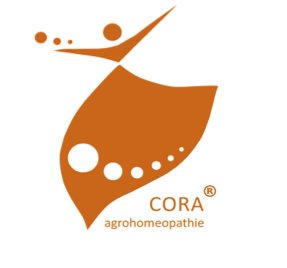A summary of the articles cited in Sources and References
The UN organization’s report on the state of food security and nutrition in the world provided some devastating statistics on hunger and obesity around the world. Between 720 and 811 million people worldwide faced hunger and almost one in three people, 2.37 billion in 2020, did not have access to adequate food. On the other hand, the report says that difficulties in accessing nutritious food are contributing to the growing obesity problem in the world, and adult obesity is rising sharply in all regions.
As the world’s population grows and growing more food through farming puts a strain on the planet’s resources – could artificial food provide adequate nutrition for everyone in the world?
Food consumption today: a dead end
World demand for meat will soon exceed our supply of cows, pigs, chickens and other edible animals. Water scarcity caused by climate change, rising global temperatures and extreme weather will continue to have serious long-term consequences for crops. In addition, food production today is extremely stressful for the environment. And at the very end, a third of what we produce goes to waste.
“Given that traditional approaches have so far not satisfactorily mitigated the problem of global food insecurity, and that the problem will in all likelihood only intensify in the future, we can ask what technology can offer.
Lab-grown chicken and artificial tuna
Have you heard of the terms “cellular meat”, “in vitro meat”, “artificial meat” or even “alternative meat”? Attempts to produce meat-like edible organisms in laboratories have proliferated in the past few years. The global meat market is worth $2.7 trillion (at least by 2040), so it’s no wonder startups and big players alike want a piece of the meat. The competition is fierce.
Parallel to the increased interest in the production of cultured or clean meat in laboratories, companies are multiplying like mushrooms in the fields. Beyond Silicon Valley, scientists in Maastricht, Tel Aviv or Tokyo are experimenting with stem cells and the future of meat production while discovering a way to mass produce.
Today, even fast food chains use artificial meat, which in most cases is a plant-based natural or laboratory-grown substitute. This endless list includes Burger King’s plant-based meat options, Cravetarian Taco Bell, or McDonald’s McPlant. By now, almost all popular chains have their own meat alternatives.
Plant-based vs. artificial meat
There are several ways to “fake” meat. Plant-based means creating the texture and flavor of meat with key base ingredients. “In animal muscle, four key elements—protein, fat, water, and glycogen—are present in very specific ratios,” Dariush Ajami, Beyond Meat’s chief innovation officer, said in an interview about their solution. Beyond Meat went public in 2019 at a valuation of nearly $1.5 billion.
But in the laboratory it is already possible to create meat from a single meat cell. In general, the process is similar to 3D bioprinting: scientists take adult muscle stem cells from a living animal and place them in a nutrient-rich liquid to allow them to grow around the scaffolds and help them achieve the desired shape.
The researchers of the Cultured Beef project remove muscle cells from the shoulder of a cow and feed them with a nutrient mixture in a petri dish, and they grow into muscle tissue. Tons of meat can be obtained from a few starting cells. Netherlands-based Mosa Meat launched their first burger in London in 2013, and they’re promising to bring faux beef to the masses – they’re behind schedule, but they’re still working on it.
Tel Aviv-based SuperMeat has joined the quest for mass production of cultured meat, growing chicken meat in its lab (and also at its restaurant, The Chicken, where you can only eat cultured chicken grown directly from chicken cells). And Silicon Valley-based Finless Foods promises to produce real fish meat from stem cells to create more sustainable seafood.
Mass production of cultured foie gras or synthetic chorizo?
How far are these companies from mass production? Probbably, nobody knows for sure. The technology for producing complex types of meat, for example creating steaks or hamburgers (meat with not only muscle tissues, but also connective tissues or fat cells in perfect harmony), is incredibly difficult. In addition, production costs are incredibly high. In 2013, the cost of lab-grown hamburger meat was $325,000. In 2021, it is about $11 – 30,000 times less.
Taking cows out of the equation
Veganism is gaining momentum—hit an all-time high in 2020, according to Chef’s Pencil. The market has expanded greatly over the years as consumption of plant-based foods has increased either as a result of healthy dietary choices or environmental awareness (remember the sad fact: of all mammals in the world today, 96% are livestock). A vegan diet also seems to be a climate change issue.
There are hundreds of dairy brands out there (the staff tested over 80 in this article). Based in California, Perfect Day creates cow-free milk, cheese and ice cream. Having an entire cow just to produce milk is inefficient, they argue, so the company uses the cow’s milk gene and propagates it with fungi. They can control what the milk actually contains, and while their milk can’t guarantee the same quality as Mother Nature, it comes close.
Would you eat lab-produced food?
Do you remember the scene from The Matrix where Neo and his new compatriots are having breakfast? A disgusting bowl of protein with minerals, vitamins and nutrients: “everything the body needs.” In fact, a powdered meal replacement mixed with water that contains all the nutrients the average adult needs is a viable solution for many.
The main obstacle to the spread of artificial food is not technology or money, but the strong attitude of people against meals that come from laboratories. This is even true for projects that actually use fresh ingredients with cutting-edge technology, such as the Foodini 3D food printer created by Natural Machines. Lynette Kucsma, co-founder and director of marketing, told The Medical Futurist that “the haters usually think that we’re forcing people to buy pre-filled food capsules and/or that we’re making highly processed food. Not so at all, but quite the opposite. When people understand that we’re focused on helping people eat healthier by making more of their food with fresh, real ingredients, the haters stop hating.”
People have a hard time accepting foods from the lab. In 2018, Michigan State University’s Food Literacy and Engagement Survey, The Conversation surveyed more than 2,100 Americans and asked them, “How likely are you to buy foods that look and taste like meat but are based on ingredients that are artificially produced?” The results were ambivalent. One-third of Americans said they were likely to buy farmed meat, while another two-thirds were wary. Forty-eight percent of respondents said they were unlikely to buy this product.
Alternative food of the future ?
What if we put things into perspective and push them to the limit? Scientists say traditional ways of farming could collapse due to climate change and overproduction in the next 2-3 decades. For the sake of food security, experts and organizations responsible for nutrition are not only thinking about pure meat and other types of artificial food, but also about eating insects.
About 2 billion people regularly eat insects as part of their diet, and more than 1,900 species are edible. (According to National Geographic, stink bugs actually taste like apples.) The most commonly eaten bugs are beetles, caterpillars, bees, wasps, and ants. What if we told you that in the coming decades, the food we know today will disappear and your choices will be reduced to bugs or artificial food?
Additional:
The cost of lab-grown hamburger meat was $325,000. In 2021, it is about $11 – 30,000 times less.”
“Protecting our ability to GROWING FOOD
Climate change and poor environmental management have put collective food production assets including soil, water and pollinators in peril.
Several studies over the past 30 years have warned that soil and water contamination from high concentrations of toxins such as pesticides, dwindling biodiversity and disappearing pollinators could further affect the quality and quantity of food production.
Livestock, crop production, agricultural expansion and food processing account for a quarter of all greenhouse gas emissions. In addition, one-third of all food produced is lost or goes to waste, so tackling this travesty is also paramount.
Read more: Here’s how food waste can generate clean energy
Reducing food loss and waste will help reduce environmental impacts of the food system, as will transitioning to healthier, sustainably produced diets.
Food, health and environmental sustainability
Food is an entitlement and should be viewed as such, not framed as an issue of population growth or inadequate food production. Poverty and systemic inequalities are the root causes of food insecurity as is armed conflict. Keeping this idea central in discussions about feeding the world is essential.
- We need policies that support healthy and sustainably produced, balanced diets to address chronic diet-related disease, environmental issues and climate change.
- We need more initiatives that enable equitable distribution of land, water and income globally.
- We need policies that address food insecurity through initiatives like rights-based food sovereignty systems.
- In areas affected by conflict and war, we need policies that invest in diplomacy by co-ordinating humanitarian, development and peacekeeping activities.
These are the key pathways to recognize that “food is the single strongest lever to optimize human health and environmental sustainability on Earth.” (1)
An interesting, sustainable, natural innovative possibility, that to the people and to environment, gives hope and great promise:
–OUR SHORT INTRODUCTION AND GENERAL BUSINESS OFFER
–KINDLY INVITED TO DO BUSINESS WITH US AND TO ORDER!

–OUR SHORT INTRODUCTION AND GENERAL BUSINESS OFFER
–KINDLY INVITED TO DO BUSINESS WITH US AND TO ORDER!

–OUR SHORT INTRODUCTION AND GENERAL BUSINESS OFFER
–KINDLY INVITED TO DO BUSINESS WITH US AND TO ORDER!
Sources and reference
(1) Too many people, not enough food’ isn’t the cause of hunger and food insecurity. By Author: Gisèle Yasmeen, Senior Fellow, School of Public Policy and Global Affairs, University of British Columbia. Published: TheConversation.com, April 12, 2022
(2) Can Artificial Food Put an End to Famine? Author: Dr. Bertalan Mesko, PhD, Published: medicalfuturist.com, on 19. Avgust, 2022
(3) ZaZdravje.net, Sanja Ločar, Skupaj za zdravje človeka in narave

– RECOMMENDED FURTHER READINGS FROM OUR LIBRARY
- EXPOSED: HIGH RECOMMENDED: THERE IS NO CHANGE WITHOUT CHANGE
–YOU ARE KINDLY INVITED TO EXPLORE POSSIBILITIES FOR OUR MUTUAL BUSINESS COOPERATION – HERE! WELCOME TO CONTACT US AND TO ORDER!
–Kindly invited to folow me on LinkedIn and to join my LinkedIn community. Thank you, you are sincerely welcome.
–UNDER LINK: BUSSINESS CARD with SHORT INTRODUCTION AND OUR GENERAL OFFER! Kindly invited to order! You are sincerelly welcome!

–FIND MORE in OUR SHORT INTRODUCTION AND GENERAL BUSINESS OFFER
–KINDLY INVITED TO DO BUSINESS WITH US AND TO ORDER!

Please, NOTE:
In Majda Ortan’s texts, I only state my personal reflections and my personal views. Dear readers, please take this into account! Thank you!



